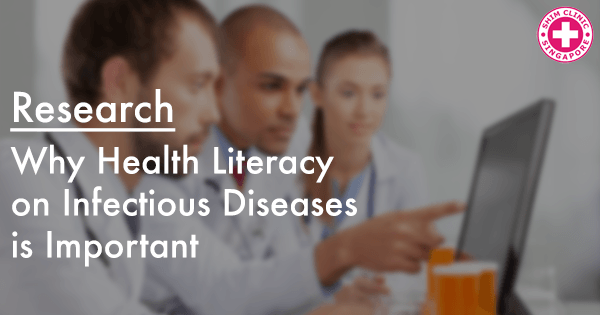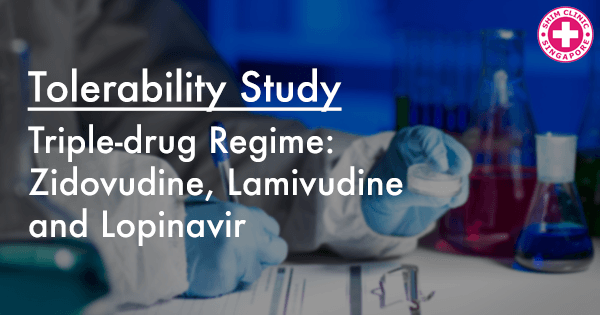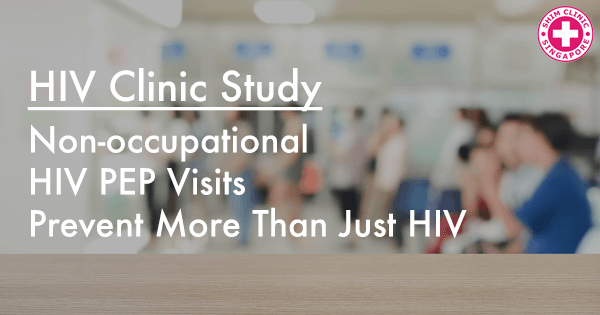Everything you need to know about Gonorrhea testing
Continue readingWhy Health Literacy on Infectious Diseases is Important
Citizen involvement in fighting infectious diseases is crucial. However, citizen involvement can only succeed with effective Health Literacy.
Continue readingMen Visiting Entertainment Joints at more Risk of Contracting HIV Compared to Brothel Visitors
Men patrons who frequent entertainment joints are more likely to contract HIV and STIs compared to those who visit brothels
Continue readingAn Increase in HIV-1 Drug Resistant Mutations
Point-of-care genotypic resistance testing is important in determining HIV-1 transmitted drug resistance affecting ARV success.
Continue readingStudy: New HIV Integrase Inhibitors RAL, EVG and DTG
New Integrase Inhibitors RAL, EVG and DTG improving the efficacy of ARVs in controlling HIV replication by providing personalized therapy.
Continue readingVideo: Advancing the treatment of HIV/AIDS towards a cure
Advancing the treatment of HIV/AIDS until there is a cure: Jim Demarest at TEDxElonUniversity
Continue readingVideo: HAART Treatment for HIV
A video of how HAART works. HAART is a highly effectively HIV treatment regimen.
Continue readingSide Effects and Tolerability of Post-Exposure Prophylaxis Triple Drug Regime
Side effects evident among HCP receiving PEP triple-drug regimen are: fatigue, gastroenterological symptoms, liver dysfunction and drug rash
Continue readingVideo: Could We Cure HIV with Lasers?
Swallowing pills to get medication is a quick, painless and often not entirely effective way of treating disease. A potentially better way? Lasers. In this passionate talk, TED Fellow Patience Mthunzi explains her idea to use lasers to deliver drugs directly to cells infected with HIV. It’s early days yet, but could a cure be on the horizon?
Continue readingNon-occupational Post Exposure Prophylaxis (nPEP) Visits Prevent More Than Just HIV
HIV nPEP visits present an important opportunity to test and manage bacterial STI’s and viral hepatitis in the infected patients.
Continue reading









